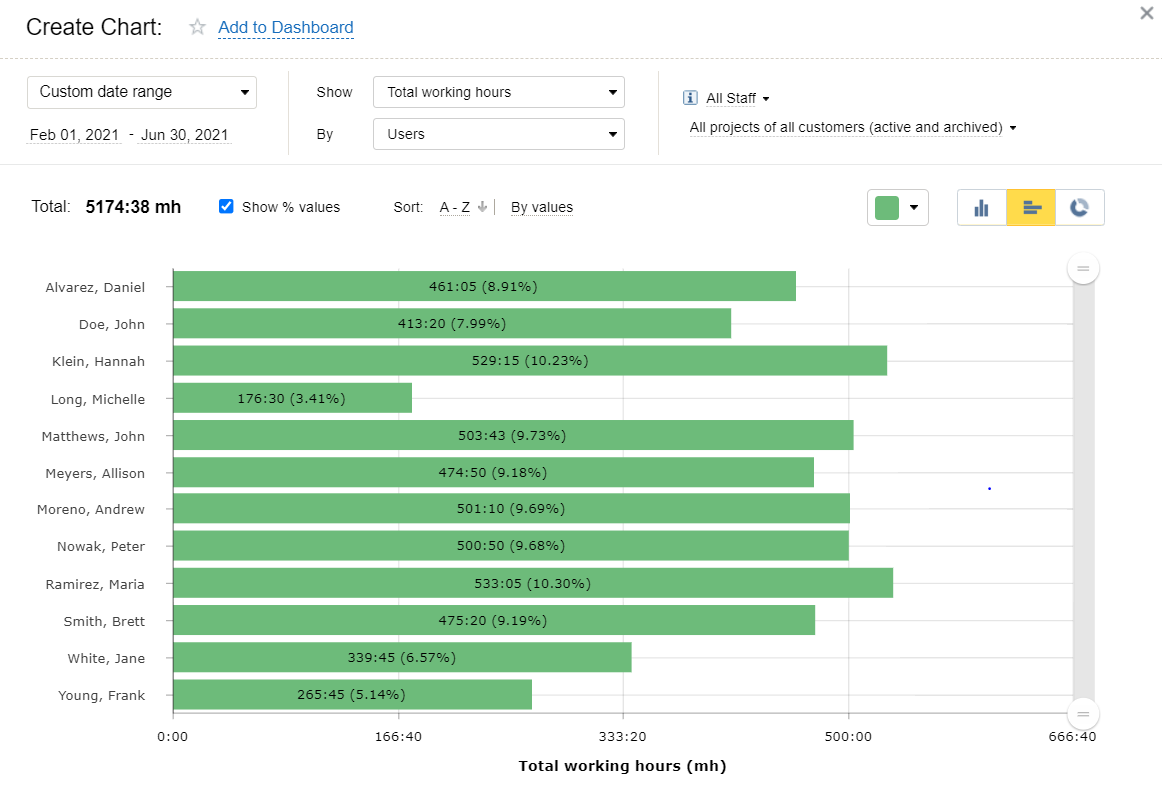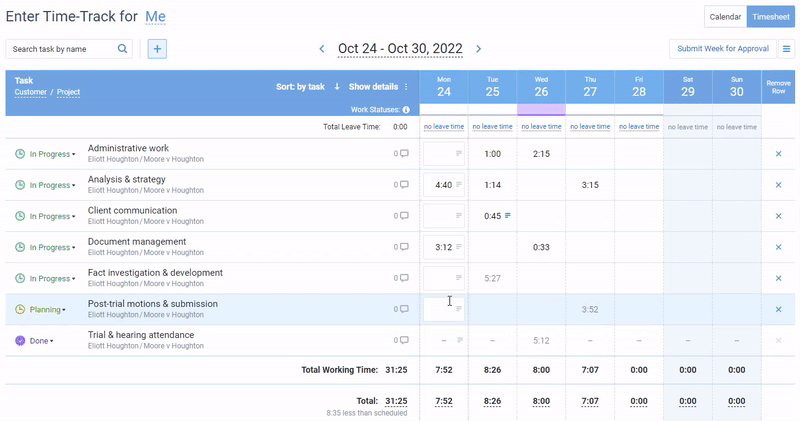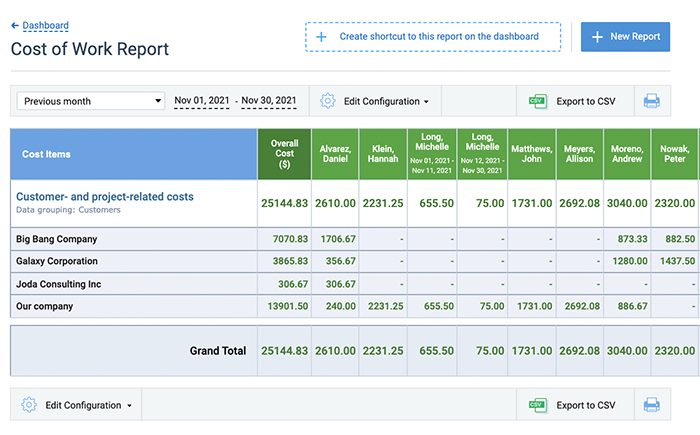
The era of eCommerce is one that we are all too familiar with.
Shopping online has become such a comfortable part of our lives, allowing us to find what we’re looking for quickly and conveniently from the comfort of our own homes. The growth in this industry has been stagnation-proof, with some studies citing it as leading to an entirely new economy and industries around the globe.
However, despite its ubiquity, there are still challenges that businesses must address in order to sustain themselves in the industry long term – something this blog post will explore further.
From cybersecurity to complex logistics issues, we’re going to discuss how you can tackle the 10 biggest challenges of eCommerce, run your business successfully, and take it to a whole new level!
1. Cybersecurity
In the age of digital commerce, it’s never been easier for businesses to reach a global audience. However, with this increased connectivity comes increased risk. And since online stores deal with sensitive customer data, they are particularly vulnerable to cyber-attacks. That’s why cybersecurity has become one of the biggest challenges of eCommerce today.
Solutions:
- Ensure that your website runs on a secure server: Relying on third-party providers creates vulnerabilities. Thus, it’s safer to manage your own servers. But if it’s not an option for you, try your best to find a trustworthy web hosting service.
- Encrypt all customer data: SSL Certificates are one of the easiest ways to encrypt customer data. SSL, or Secure Sockets Layer, is a protocol that provides security for communications between a web browser and a web server. SSL uses encryption to protect data during transit, ensuring that only the intended recipient can access the information.
- Implement a robust authentication system to prevent unauthorized access: Two-factor authentication (2FA) is one of the most effective tools for protecting sensitive information. When 2FA is enabled, a user must not only enter their username and password but also provide another piece of information, such as a code that is generated by an app on their phone. While adding an extra step to the login process, 2FA greatly reduces the risk of account theft.
2. Intense competition
“Ultimately, you just need to give customers a reason not only to buy from you over other similar offerings, but also to be so satisfied with the products, brand and experience that they both purchase again and also convince others to do the same.”
Anyone who’s ever tried to sell anything online knows that competition is fierce. No matter what you’re selling, chances are good that someone else is selling something similar. And if they’re not, they will be soon. This can make it very difficult to stand out from the crowd and get noticed by potential customers.
Solutions:
- Make sure your product is the best it can be: Poor quality is a major point of disappointment for any consumer, and nothing will make you lose more of them to competition than your inability to deliver a great good or service.
- Find a way to differentiate your product: With unique product features and value propositions, it’s so much easier to draw attention to your brand and keep customers coming back for more.
- Focus on efficiency: Efficiency is the use of resources in the most effective way possible. And when applied to business, it means reducing waste and maximizing productivity or doing more with less. This allows you to save money and reinvest it in the business or pass it on to customers in the form of lower prices. And at a time when consumers are more price-conscious than ever, low prices can be a deciding factor in whether they choose one business over another.
Pro tip: Looking for some workable methods to make your business more efficient? Try actiTIME – this time tracking software has plenty of features to help your business improve productivity and be more competitive.
It allows you to keep a detailed record of time spent on tasks, track staff-related costs and billable hours, and collect insightful performance data for more informed decision-making.

Besides, actiTIME has built-in automation that streamlines workflows and lets you get that necessary efficiency boost you’re aiming for. So, if you want to save some time and money while running your eCommerce business, give actiTIME a shot! Sign up for a free online trial and explore all of its efficiency-boosting features firsthand.
3. Targeting
In the vast and ever-expanding world of eCommerce, it can be difficult to know where to start when it comes to finding your target audience. With so many potential customers out there, how can you be sure you’re reaching the right people? And even if you do find your target audience, how can you be sure they’ll actually buy from you? These are just a few of the eCommerce challenges faced by businesses when trying to find their perfect match.
Solutions:
- Narrow it down: Remember that it’s often easier (and more cost-effective) to target a specific niche market rather than trying to reach a large, general audience. Therefore, try to figure out the specific and unique needs of your potential customer and what type of person is likely to have those needs. Also, think about where your potential customers are located and how they like to shop. This will help you craft the best sales strategy and hit your audience in the right place with your product presentation.
- Conduct surveys: They assist in gathering valuable insights about your customers’ needs, wants, and demographics. They also let you understand what motivates consumers to make purchases. Armed with this knowledge, you can fine-tune your eCommerce strategy and make sure you’re speaking directly to your target audience.
- Experiment: Test different marketing strategies, try out different tactics, and see what works best for your business.
4. Excellent customer experience
“…almost three-quarters of shoppers would likely decide not to buy from a store (whether using an ecommerce website or in-person) that provides a poor experience.”
To understand why providing customers with an excellent experience is one of the biggest challenges of eCommerce, let’s consider the process of shopping in a brick-and-mortar store:
When you walk into a store, you are greeted by a salesperson who can answer any questions you have about the products. If you need help finding something, they can guide you to the right aisle. And when you’re ready to check out, they can provide personalized service and ensure that your transaction is quick and easy.
Now let’s compare that to the typical eCommerce experience:
When you visit an online store, there’s no salesperson to greet you or answer your questions. You’re on your own to find what you’re looking for, and when it’s time to check out, you’re often just a name and a credit card number to the business.
Yet this lack of personal connection is only one thing that makes it difficult to provide an excellent customer experience in an eCommerce setting. Complicated website navigation, inconvenient support channels, and slow product delivery can also easily bring your customers down.
So, what can you do about that?
Solutions:
- Provide omnichannel support: By definition, omnichannel support means being present and accessible across different web and mobile platforms, which allows customers to shop how they want, when they want, and get the support they need, when they need it. Therefore, your eCommerce business should have a strong online presence, with a well-designed website and active social media accounts. Besides, you need to offer multiple ways to contact customer service, including live chat, email, and phone.
- Ensure an easy buying process: First, make sure that your website is easy to navigate. Customers should be able to find what they’re looking for without difficulty. Second, provide clear and concise product descriptions. We all know that fine print can be a pain, but when it comes to making a purchase, customers need to know exactly what they’re getting. Lastly, offer multiple payment options. The more options you provide, the more likely it is that customers will find a method that works for them.
- Speed up shipping: Take a look at your shipping methods. If you’re still relying on ground shipping, it’s time to upgrade to a faster option, like expedited shipping or even overnight shipping. Some customers will be willing to pay a bit more for faster shipping, which will make a big difference in how quickly you can get orders out the door.
5. Customer retention and loyalty
In the world of online shopping, customer loyalty is hard to come by. With so many options and so little transparency, it’s no wonder that shoppers are constantly on the lookout for a better deal.
However, some eCommerce companies have managed to build a loyal following among their customers regardless of that. How have they done it? By creating an exceptional shopping experience that is tailored to the needs and preferences of their target audience.
These companies understand that customer loyalty is not something that can be bought; it must be earned through hard work and dedication. By consistently delivering on their promises and going above and beyond to meet the needs of their customers, these eCommerce companies have built a loyal following that continues to grow with each passing year.
Here’s what you can do to boost customer loyalty in your own business:
Solutions:
- Offer loyalty programs: Rewards incentivize customers to keep coming back. And they can take a variety of forms – anything from giving points for every purchase to offering discounts for referrals.
- Stay in regular communication with your customers: Whether you’re sending out a newsletter or just connecting on social media, staying top of mind and listening to customers’ feedback is essential for keeping them loyal and making sure they feel valued.
- Implement a personalized recommendation system: By understanding the preferences of individual customers, you can make tailored recommendations that are likely to be of interest. This can help to increase customer engagement and boost sales.
6. The impact of disruptive technologies
“Amazon, known for its innovation, uses AI-powered Alexa to understand customer demand and provide personalized product recommendations. In fact, studies have shown that Amazon’s recommendation engine generates a staggering 35% of its total sales.”
Disruptive technologies are those that have the potential to change the way we live and work. They are often game-changers, and eCommerce businesses must always be on the lookout for them.
Blockchain and augmented reality (AR) are two excellent examples of disruptive technologies that are currently making waves in the world of eCommerce:
Blockchain is best known for its role in enabling Bitcoin and other cryptocurrencies. However, the potential applications of blockchain extend far beyond the world of finance. For instance, blockchain could be used to create tamper-proof records of online transactions, which would be particularly valuable for businesses operating in highly regulated industries, such as healthcare and pharmaceuticals.
As for AR, it is already being used by some retailers to give shoppers an immersive experience when shopping online – Ikea’s app allows users to see how furniture would look in their homes before they make a purchase, and some cosmetics companies allow customers to virtually test makeup products before buying them.
As AR technology becomes more sophisticated, we can expect to see it used in more and more creative ways by eCommerce businesses.
Solutions:
- Keep up with the latest trends (and get ready to invest in them): A good understanding of the newest innovations and all the ways they can be implemented in eCommerce helps you stay ahead of the curve.
- Keep an eye on competitors: As history shows, disruptive technologies tend to create new competition. This was the case with Amazon, which transformed the retail industry dramatically. eCommerce businesses must be able to identify these new competitors early on and respond accordingly.
- Be selective: Remember that not all technologies are created equal. Some may revolutionize your industry, while others are simply hyped-up trends that will fizzle out in a few months. By being selective about which technologies you adopt, you can minimize their impact on your business.
7. Logistics
There’s a lot more to shipping than just sticking a label on a package and sending it off. In order to succeed, eCommerce businesses need to carefully consider everything from the type of packaging they use to the route their shipments take.
Unfortunately, even the best-laid plans can go awry, and delays are all too common. This is why logistics is often referred to as the “last mile” of eCommerce – it’s the final step in getting products to customers, and it’s also the most challenging. But with careful planning and some effort, even the most daunting logistics challenges can be overcome.
Solutions:
- Invest in a good warehouse management system: It will help you keep track of your stock and make sure that your products are being shipped out on time.
- Use a reliable shipping company that offers parcel tracking: This way, you can keep an eye on where your products are and confirm they’re being delivered as promised.
- Keep your customers informed: Communication is key when it comes to logistics. Thus, ensure your customers know when their order will be shipped and provide them with tracking information so they can follow its progress.
8. Product returns and refunds
“85% of shoppers say they look for and read the return policy before purchasing. And 72% of shoppers are more likely to buy from you again if they had a good return experience with you in the past.”
In eCommerce, the process of returning or refunding a product can be complicated, time-consuming, and costly. And it’s a pain for everyone involved – the customer is disappointed that the product wasn’t what they wanted, the business has to go through the hassle and expense of processing the return, and it often takes weeks for the customer to get their refund.
That’s why eCommerce businesses may be tempted to avoid offering returns and refunds altogether. But while returns may be a headache, they’re also an important part of doing business online. And in fact, you can use the product return process as a means to build customer loyalty.
Solutions:
- Create a policy: Make it easy for customers to return items. Provide clear instructions on how to return them, and consider providing pre-paid shipping labels to make it even quicker for customers.
- Offer refunds + exchange: Most customers just want their money back when they return an item, so it makes sense to use refunds as the default option. Yet if you’re unable to issue a refund, offer an exchange instead. This will show customers that you’re willing to cooperate with them to find a resolution.
- Use data from returns to improve your business: Returns can actually provide valuable insights into what customers want and don’t want. So, use the collected data to inform your product development decisions and make changes to improve the overall quality of your products.
9. Resource management
Any business that deals in physical goods knows that resource management can be a challenge. But for eCommerce businesses, it can be even more complicated.
First of all, there’s the issue of inventory. Keeping track of what you have in stock, what needs to be reordered, and what’s selling quickly can be a full-time job in itself. Then, there’s the need to manage your team well. And when your employees are spread out around the globe, it can be tough to keep everyone on the same page – not to mention ensure that they’re working efficiently.
Solutions:
- Establish an effective inventory management system: This involves a good understanding of your sales cycles, which is important for forecasting product demand, and avoiding overstocking or running out of popular items. Moreover, you need to track your inventory levels closely and set up reordering thresholds so that you can restock quickly and efficiently.
- Control your budget: Have a clear understanding of your sales volume and margins – this will help you to know how much money you need to bring in to cover your expenses and turn a profit. Track your spending carefully and set aside a portion of your revenue to cover unexpected expenses. Besides, don’t be afraid to invest in tools and resources that can help you save money in the long run.
- Hire the right talents and track staff availability: People are the most important asset in an eCommerce business. After all, without employees, there would be no one to run the website, fill orders, or provide customer service. That’s why it’s pivotal not only to hire the right people for the critical roles in your company but also to make sure they are present at the workplace when needed and do their jobs well.
Pro tip: Using actiTIME’s progress tracking functionality, you can always be confident that your team members are doing what they’re supposed to do, even if you have no chance to supervise them offline.
In addition, the software lets you keep tabs on employees’ work statuses and time off. And by integrating it with actiPLANS – an intuitive resource scheduling solution – you can track different kinds of employee leave and get an in-depth insight into team availability and absences.

10. Pricing
Pricing is a delicate balancing act. If you set your prices too low, you may struggle to cover your costs. But if you set them too high, you risk chasing away potential customers and losing them to the competition. So, how can you find the sweet spot?
“Managing your prices using a value-based approach requires intensive analytics about your customers’ buying habits—and much more than ten hours’ worth of work per year. The tricky part is that not all customers place the same value on your products. That means not only do you need to adjust prices regularly based on customer beliefs, but you’ll also have to create price groups based on different customer personas.”
Solutions:
- Know your costing inside out: If you don’t know how much it costs to make or source your product, then you can’t accurately price it for sale. Thus, before you proceed to price your goods or services, take the time to calculate your all-in costs for each unit of inventory. Include everything from the cost of goods to shipping and packaging costs, as well as any overhead costs associated with running your business.
- Understand what customers are willing to pay: Use competitor analysis and customer surveys to get a sense of the going rate for similar products in your industry. Remember that price is not always the only factor that influences customer behavior – in some cases, customers may be willing to pay more for a product that offers better quality or features than its competitors.
- Test, test, test: The best way to find the perfect price point for your products is to experiment with different pricing strategies and see how they impact your business. Try testing different price points on a small scale before rolling out any changes across your entire store. That way, you can minimize any negative impacts on sales and profits while still getting valuable data about what customers are actually willing to pay.
Conclusion
By now, you should be aware of the 10 major challenges of eCommerce that every digital retailer faces. But more importantly, you know what to do about them! There’s no need to reinvent the wheel – just follow the strategies and solutions that have worked for others. And if you ever get stuck, remember: we’re always here to help!
As an integrated project and time management software, actiTIME offers eCommerce businesses a comprehensive solution to streamline their daily operations, boost productivity, and stay competitive in an ever-changing industry. With its help, you can easily manage your employee workload, track project progress, monitor task completion, and optimize resource allocation.

actiTIME features a browser extension for fully automated activity tracking. It allows users to accurately capture their work hours, idle time, and online activities, which is useful not only for ensuring a timely and error-free payroll process but also for identifying the areas where your team’s efficiency and productivity can be improved.

On top of that, actiTIME includes many valuable reports and charts, enabling you to gain insights into your operations and make data-driven decisions. You can generate reports on employee productivity, project progress, resource utilization, and other key metrics, so you can figure out how to cut costs, optimize your work processes, and increase profitability.

Sign up for a free actiTIME trial and start to become more resistant to the challenges of eCommerce today!

















































